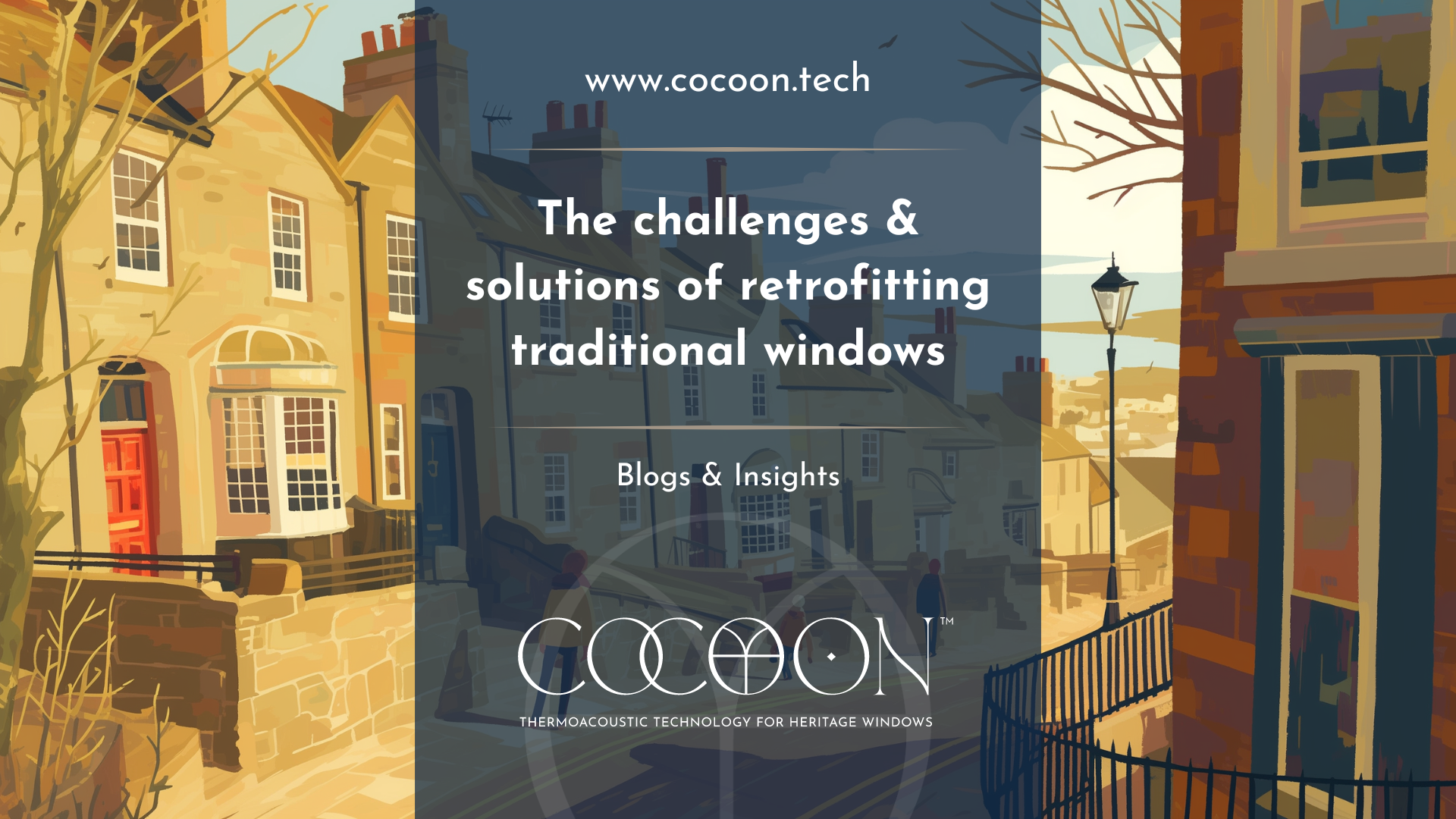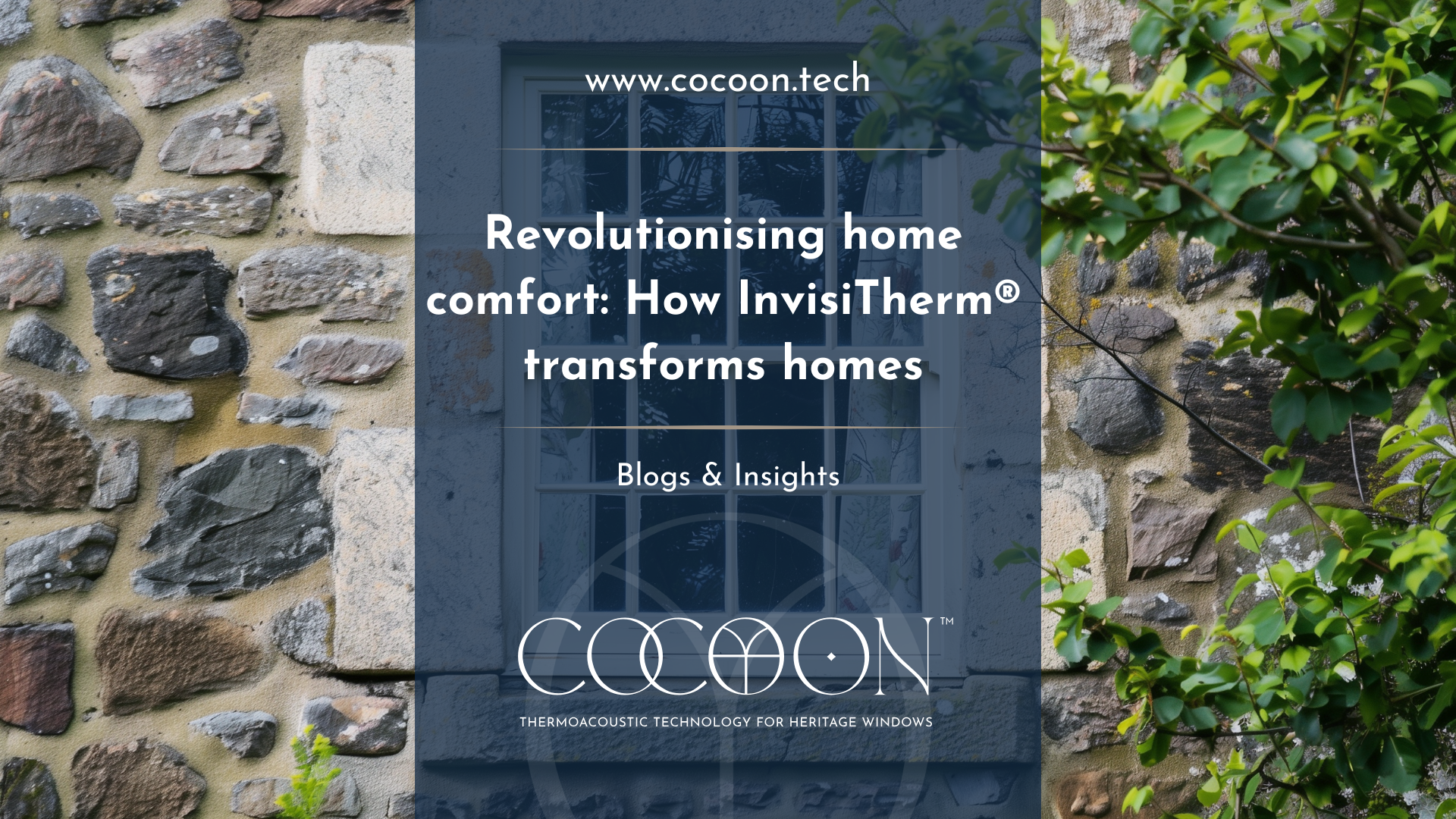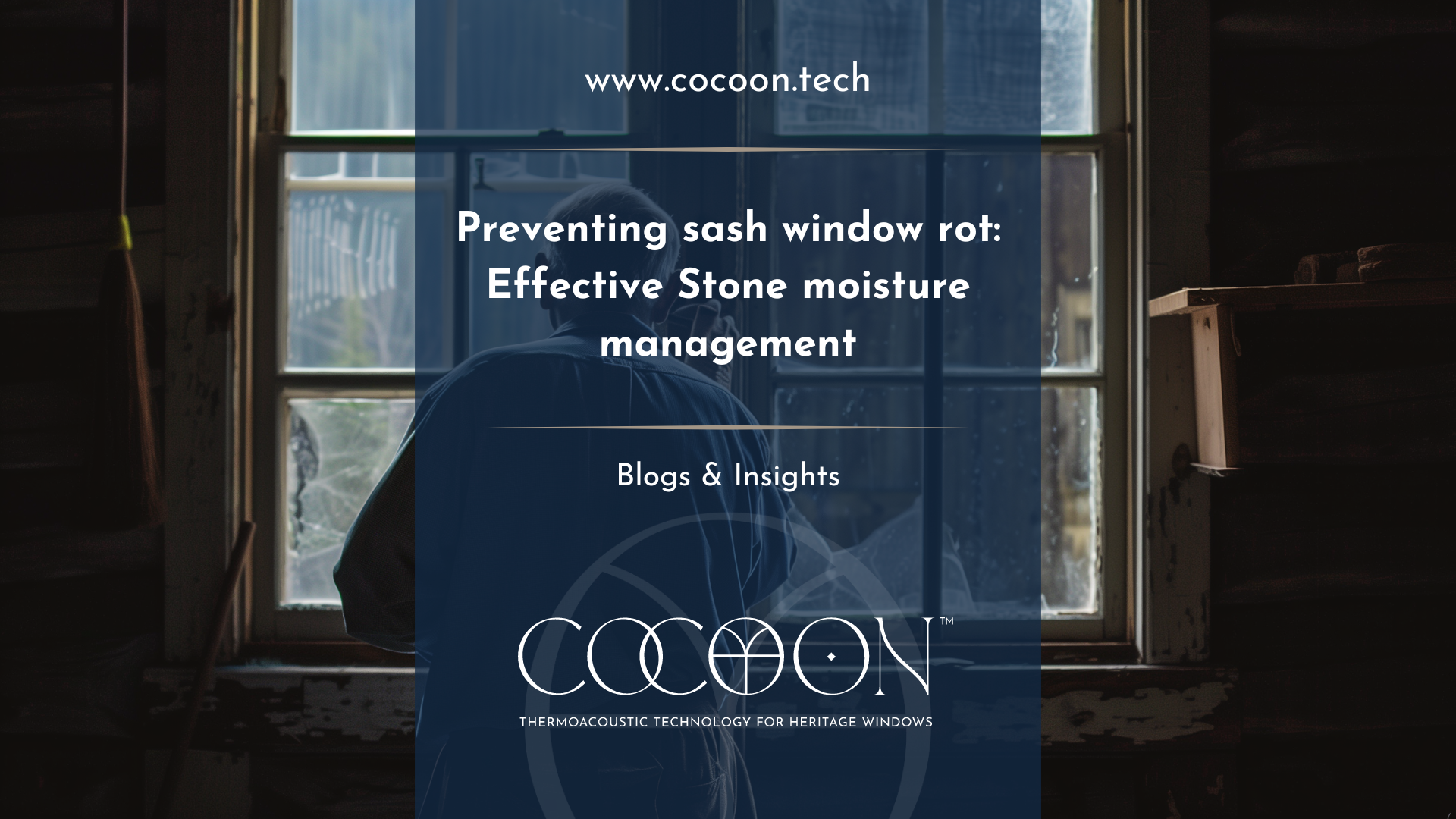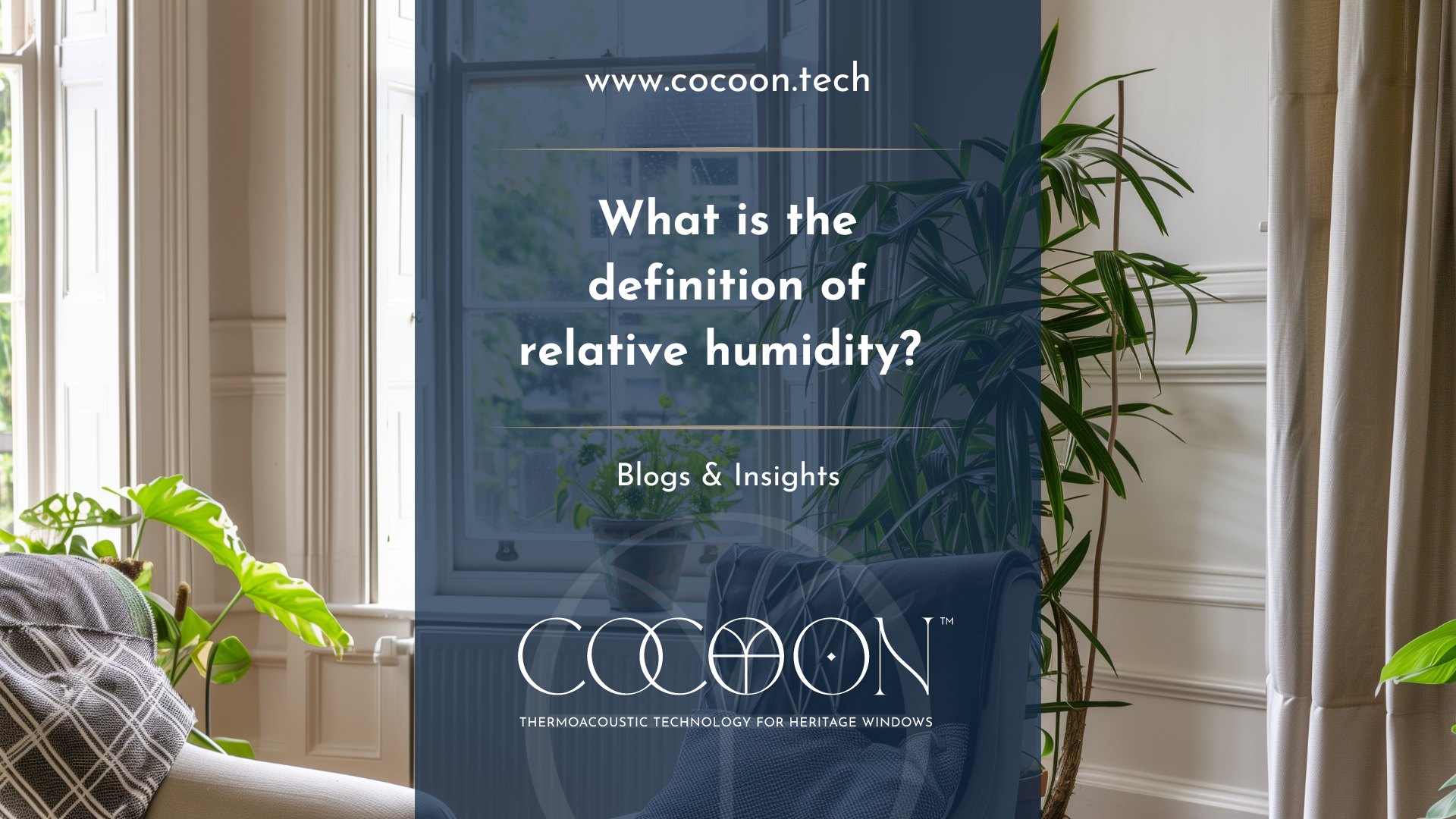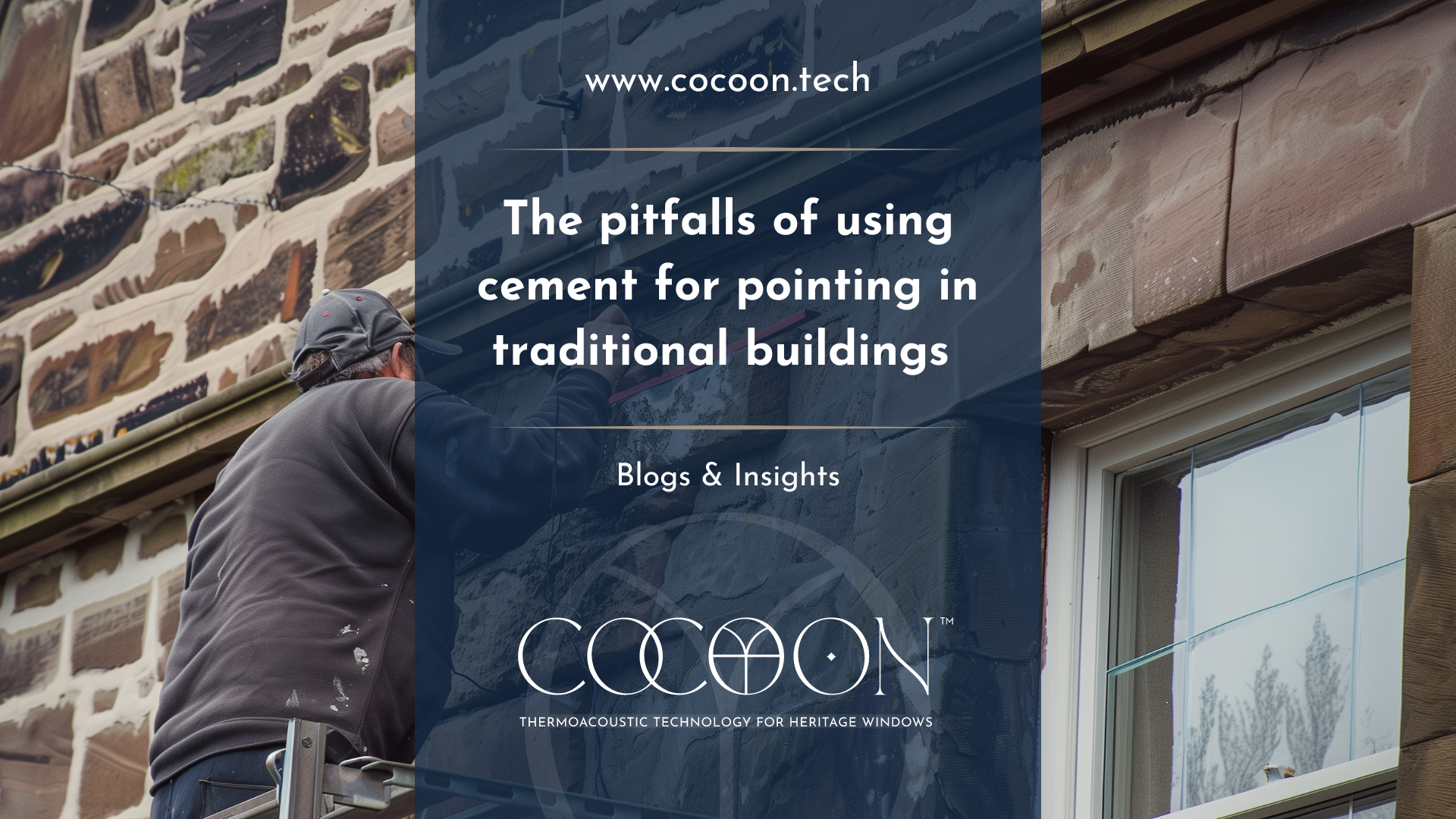How InvisiTherm® Stands Out Among Secondary Glazing Solutions
How InvisiTherm® Stands Out Among Secondary Glazing Solutions

When it comes to preserving the charm and character of historic windows while enhancing energy efficiency, homeowners often face a challenging decision. With a variety of secondary glazing options available in the UK, choosing the right solution for different window archetypes can be daunting. Among the numerous products on the market, InvisiTherm® by Cocoon™ stands out for its exceptional flexibility and adaptability across a wide range of traditional window styles.
Understanding the Archetypes: Traditional Windows in the UK
The UK is home to a rich architectural heritage, with traditional windows playing a significant role in defining the character of historic properties. From Georgian sash windows to Victorian bay windows, each archetype presents unique challenges in terms of energy efficiency and preservation. Homeowners often seek secondary glazing solutions that can seamlessly integrate with these diverse styles without compromising the aesthetic appeal.
InvisiTherm®: A Flexible Solution for Every Archetype
InvisiTherm® is designed to meet the needs of various window archetypes, offering a versatile and discreet secondary glazing solution. Unlike many alternative products, InvisiTherm® is virtually invisible once installed, making it an ideal choice for listed buildings and properties in conservation areas. Let's explore how InvisiTherm® compares with other secondary glazing solutions across different window styles.
1. Georgian Sash Windows
Georgian sash windows, characterised by their six-over-six panes and elegant proportions, are a staple in many historic homes. These windows often feature narrow glazing bars, making them particularly susceptible to heat loss. InvisiTherm® provides an effective secondary glazing solution that fits snugly within the window frame, preserving the window's slender profile.
Comparison with Alternatives: Unlike bulkier secondary glazing systems, InvisiTherm® maintains the delicate appearance of Georgian windows. Many alternative products, such as magnetic or hinged systems, can be more noticeable and may require additional framing, potentially detracting from the window's historical accuracy.
2. Victorian Bay Windows
Victorian bay windows, with their expansive glass areas and intricate woodwork, are iconic features of Victorian architecture. These windows often present a challenge in terms of energy efficiency due to their size and complex shapes. InvisiTherm® can be custom-fitted to these windows, providing an unobtrusive solution that enhances thermal insulation.
Comparison with Alternatives: While some secondary glazing systems may struggle with the curved or angled aspects of bay windows, InvisiTherm® excels in adaptability. Products like traditional sliding systems may require more intrusive installation methods, potentially affecting the window's appearance and functionality.
3. Edwardian Casement Windows
Edwardian casement windows, known for their larger panes and simplified design, offer a different set of challenges. These windows often feature intricate leaded glass patterns, which homeowners may want to preserve. InvisiTherm® can be applied without interfering with the window's decorative elements, ensuring that the aesthetic value remains intact.
Comparison with Alternatives: Other secondary glazing options, such as thick aluminum frames, can obscure the details of leaded glass. In contrast, InvisiTherm®'s slimline design ensures that the focus remains on the original window, not the secondary glazing.
4. Art Deco Critall Windows
Art Deco Critall windows, with their distinctive steel frames and geometric designs, require a specific approach to secondary glazing. These windows are often found in 20th-century buildings and pose a challenge due to their thin profiles and metal construction. InvisiTherm® provides an effective solution by offering a lightweight, non-intrusive secondary glazing option.
Comparison with Alternatives: Many alternative products, such as heavy sliding units or bulky fixed panels, can overwhelm the delicate structure of Critall windows. InvisiTherm® offers a more subtle approach, enhancing energy efficiency without compromising the window's sleek lines.
Why Choose InvisiTherm®?
The key to InvisiTherm®'s success lies in its flexibility and discreet design. Unlike many alternative products that may require extensive modifications or detract from the window's original appearance, InvisiTherm® offers a seamless integration that enhances both functionality and aesthetics. The system is designed to accommodate the unique characteristics of each window archetype, making it a versatile choice for homeowners who want to preserve their property's heritage while enjoying modern comfort.
Conclusion
In the world of secondary glazing, not all products are created equal. InvisiTherm® by Cocoon™ stands out for its exceptional flexibility and adaptability across a wide range of traditional window styles. Whether you're looking to enhance the energy efficiency of Georgian sash windows, Victorian bay windows, Edwardian casement windows, or Art Deco Critall windows, InvisiTherm® offers a discreet, effective solution that preserves the beauty and character of your home.



